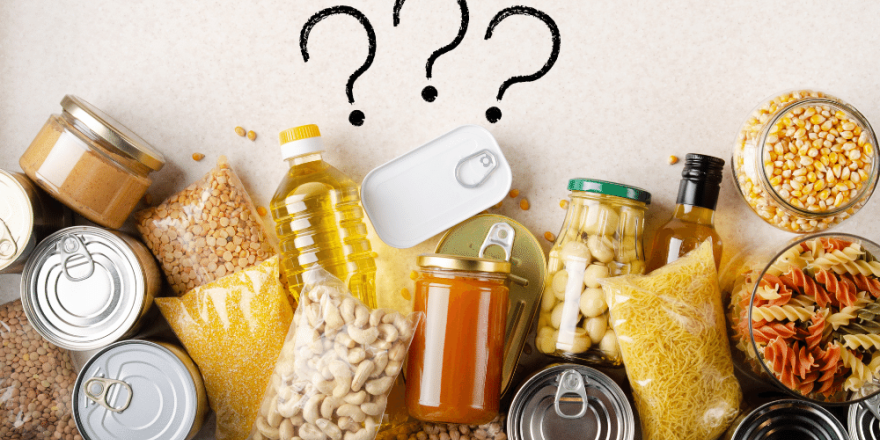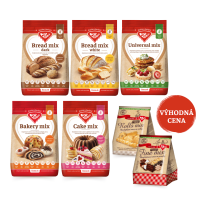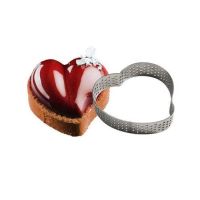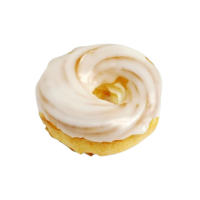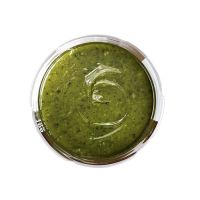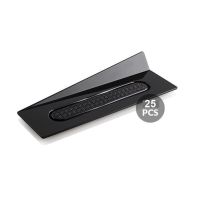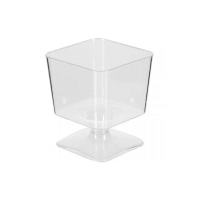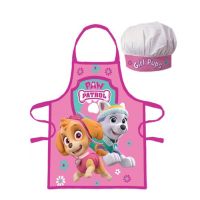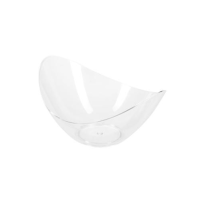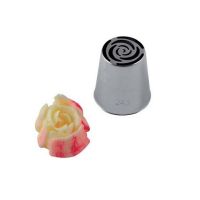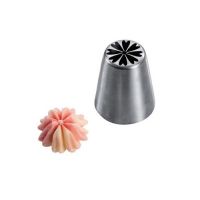The dream of all of us is to live life without problems. Despite the fact that food is necessary for the proper functioning of the human body, it can also cause various inconveniences. We will focus more closely on gluten, its negative antics and the basic rules that must be followed if we want to enjoy a life WITHOUT GLUTEN AND WITHOUT WORRY.
Celiac disease is an autoimmune disease that affects up to 1% of the population. To put it in perspective, with a population of almost 8 billion, almost 80 million people suffer from celiac disease. According to this, we can conclude that it is a common disease that can affect each of us. If we experience digestive problems, acne problems or even high fevers after eating certain foods, we do not determine the diet ourselves. First of all, an examination is required, which is done in two ways:
- Blood test - through blood sampling, we determine the amount of antibodies that reject the gluten protein.
- Biopsy - with a positive blood test, it is necessary to proceed with taking a sample from the small intestine to check its damage.
If you started following a gluten-free diet even before the examination, it would be difficult for the doctor to find out the exact diagnosis. If you have not been diagnosed with celiac disease or gluten intolerance, but you feel that gluten is causing you problems, you can exclude it from your diet for a while. After a few weeks, you can gradually consume gluten and test whether it is behind your digestive problems.
Once the correct diagnosis is made, the real challenge begins, which is to completely eliminate gluten from the diet, as it is found in many ingredients.
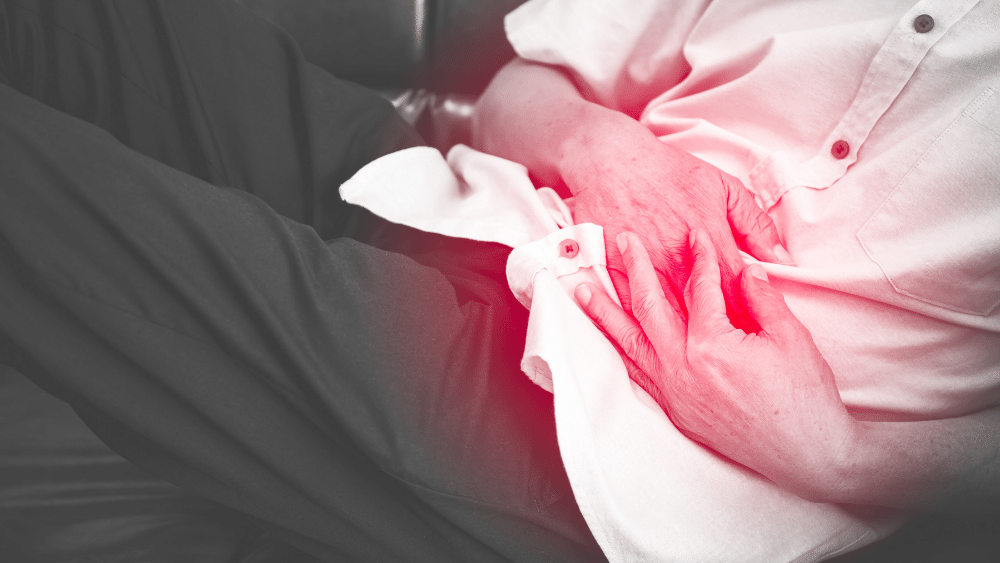
UNSUITABLE FOODS:
Wheat-based foods: wheat bran, wheat flour, spelled, barley, rye, malt, brewer's yeast.
List of foods that may contain ingredients with gluten:
- wheat-based bread and pastries;
- wheat-based pasta;
- cereals, if not labeled as gluten-free;
- biscuits, cookies, muffins
- soy sauce, teriyaki sauce, marinades and salad dressings;
- beer;
- couscous;
- broth as a semi-finished product, if not labeled as gluten-free;
- meat semi-finished products;
- foods fried in oil, in which gluten dishes were previously prepared.
Even though oats are naturally gluten-free, they are usually processed in production, where they can be contaminated with gluten, so it is advisable to look for oat products labeled GLUTEN FREE . You also need to be careful about products with the label "FLOUR FREE" , wheat is not the only cereal containing gluten, so we always look for products with the label "GLUTEN FREE/GLUTEN FREE" .
The easiest way is to use unprocessed food of one kind, otherwise it is necessary to carefully read the ingredients label!
SUITABLE FOODS:
Fortunately, there are many foods that are naturally gluten-free:
- meat and fish;
- eggs;
- dairy products BEWARE of flavored dairy products to which a component containing gluten may be added;
- Fruits and vegetables;
- Quinoa, rice, buckwheat, tapioca, sorghum, corn, millet, amaranth;
- Potato and corn starch ;
- nuts and seeds;
- vegetable oils and butter;
citric acid ;
- dextrose;
- corn chips and popcorn - CHECK INGREDIENTS
- single spices, fresh or dried herbs;
- maple syrup, honey, molasses, rice syrup, pure vanilla extract, nut butters;
- most drinks, except beer.
If, after all, there are foods containing gluten that you can't imagine your life without, you don't have to despair. The offer on the market is wide enough so that we can all enjoy what we are in the mood for. You can learn more in our article "I am a celiac. First aid, what to do next" .
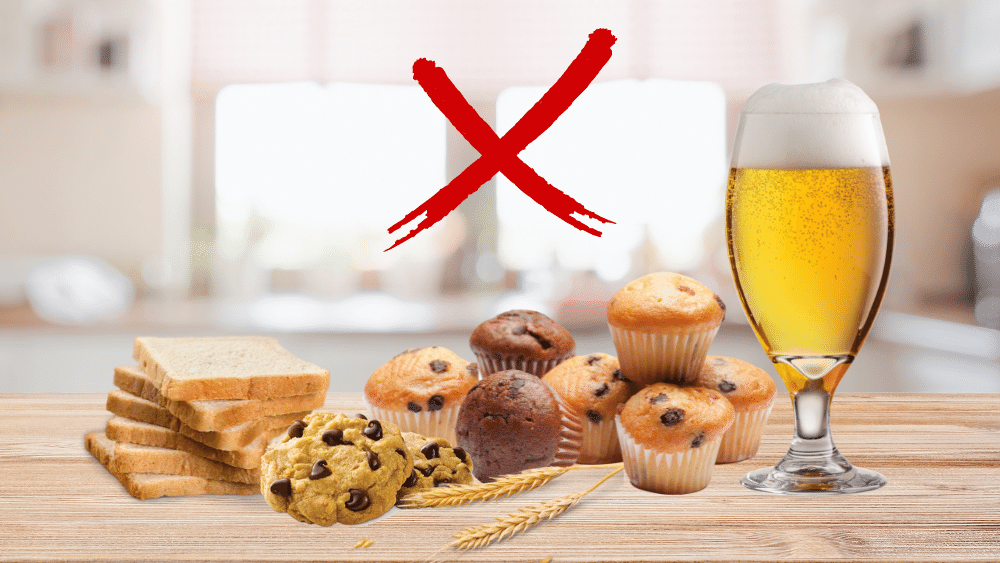
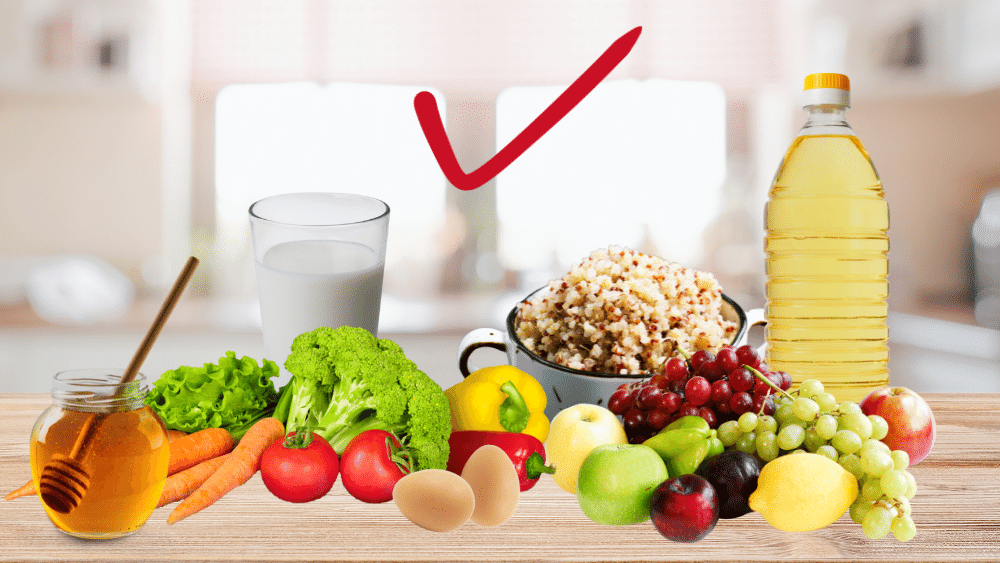
A gluten-free diet also brings many benefits:
1. It alleviates the symptoms of the disease.
2. It reduces chronic inflammation that leads to many other diseases.
3. Alleviates fatigue and malaise.
4. Helps reduce weight.
Disadvantages of a gluten-free diet:
1. Risk of nutritional deficit (lack of fiber, iron, calcium, vitamin B12, folic acid, zinc, etc.). The reason is the preference for processed foods labeled "GLUTEN-FREE" over nutritious foods such as fruits and vegetables.
2. Constipation associated with reduced fiber intake.
3. High price of products.
4. Reducing the possibility of socializing - even food that a restaurant offers as gluten-free can be contaminated with traces of gluten, which is why many celiacs avoid social events. One option is to bring your own food.
How to manage a gluten-free diet:
1. Read labels.
2. Tell your friends about the diet so they don't offer you gluten-containing foods.
3. Create a collection of gluten-free recipes, which you can find here , or buy a gluten-free cookbook.
4. Plan ahead.
5. Use separate kitchen utensils if dishes containing gluten are also prepared in the same kitchen.
6. Bring your own baked goods or sweets for family celebrations.
